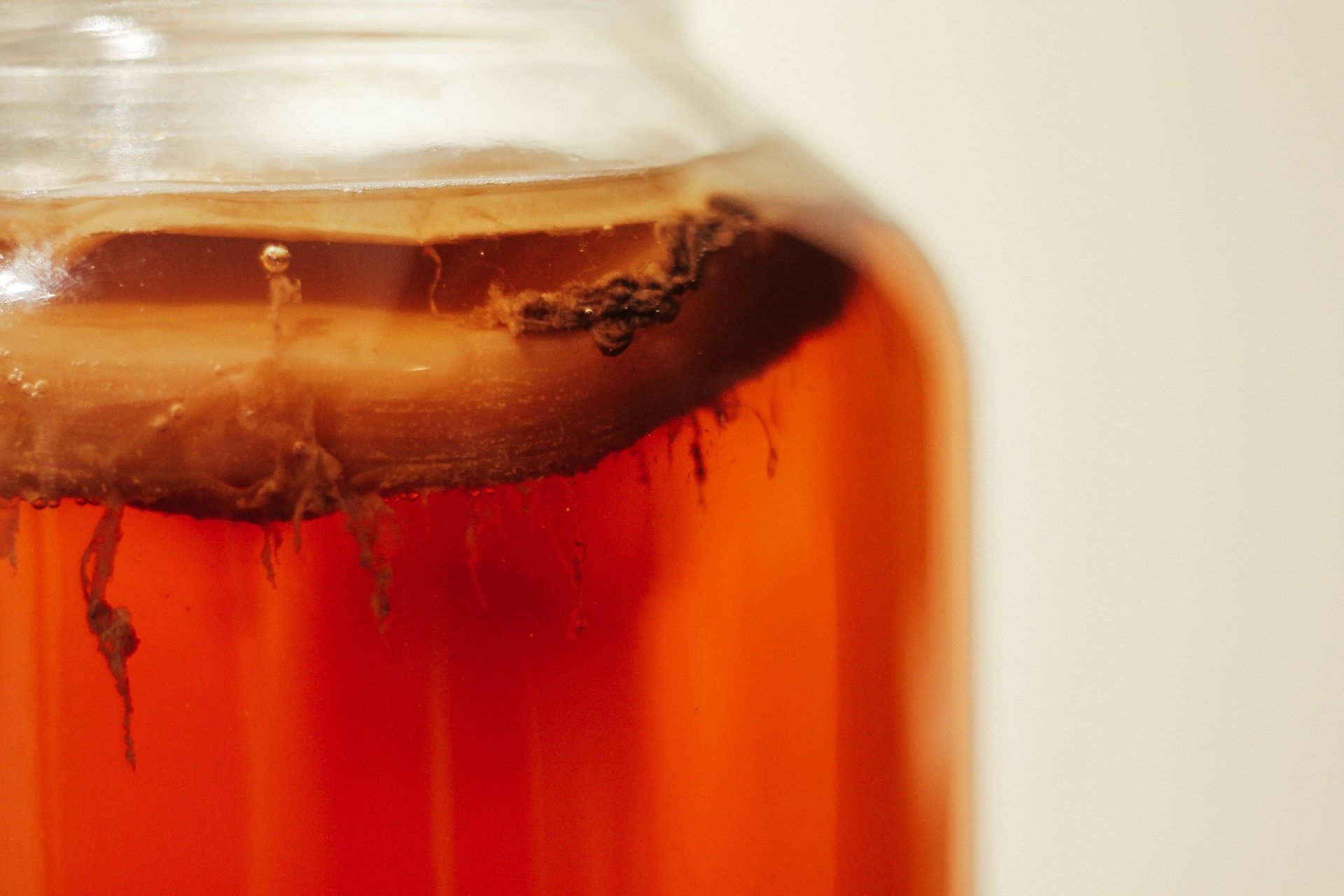Are You Getting Enough Iron?
While you should discuss iron supplementation with your doctor, is it time?
A recent review published March 30, 2025, in JAMA reveals that 14% of adults in America have iron-deficiency anemia. Most of them are women, and expectant mothers are among those most at risk.
Iron deficiency can fly under the radar, undetected, but nevertheless take a toll on your overall health and quality of life. Here’s what you need to know, including tips for getting enough iron in your diet and knowing when to call the doctor.
Why You Need Sufficient Iron
Iron plays various roles in your body. Perhaps its most important task is for making hemoglobin, a protein in red blood cells that carries life-giving oxygen to every cell. That’s why fatigue is often a hallmark of iron deficiency. Without it, your cells can’t “breathe” efficiently.
Iron also assists with several other processes, including:
- Storing oxygen in the myoglobin of your muscles and enabling them to function well during physical activity.
- Creating various enzymes that produce energy and hormones and encourage DNA synthesis.
- Assisting in immune function.
- Encouraging brain development and growth in infants and children.
Symptoms of Iron Deficiency
You already know that fatigue is a hallmark of iron deficiency. Other clues that you may need to increase your intake include:
- Headaches
- Irritability
- Depression
- Muscle cramps
- Rapid heart rate
- Pale skin
- Feeling out of breath from mild exertion
- Changes to nails and toenails, developing ridges or spoon-shaped nails
- Pica or the desire to gnaw on non-food substances
- Restless leg syndrome
Who Is Most at Risk for Iron Deficiency or Anemia?
Sorry, ladies. Those who can menstruate and get pregnant run the highest risk for iron deficiency. According to the latest JAMA review, as many as 84% of pregnant women develop iron-deficiency anemia, including those in high-income countries. Roughly 38% of non-pregnant, reproductive-age women have an iron deficiency, with 13% having iron-deficiency anemia.
Other risk factors include inflammatory bowel disease, chronic health conditions such as kidney disease, regularly using aspirin or non-steroidal anti-inflammatory drugs (NSAIDS, like Motrin), and following a vegetarian or vegan diet.
The last item is crucial to note. Iron comes in two forms — the heme form found in animal products and non-heme iron found in plants. While you can get sufficient iron intake from plant-based sources, your body
isn’t as efficient in absorbing it. Plus, some iron-rich foods also contain antinutrients. For example, spinach’s
high oxalic acid content may prohibit you from absorbing some of the good stuff that made Popeye’s biceps bulge.
Does this mean you have to choke down the occasional burger, even if you’re a devout vegan? No, but you may wish to talk to your doctor, especially if you experience symptoms of iron deficiency.
13 Ways to Boost Your Iron Intake Through Diet
Adding more of these “lucky 13” iron-rich foods to your diet is a good way to fight deficiency. It’s especially important if you lack access to regular medical care and blood tests to check your levels. Iron supplements can be dangerous, but increasing your intake through food is safe.
Mindfully tune into how you feel as you increase your intake of the following. If you are among the cruelty-free set, simply skip over the first four items on this list and focus on plant-based sources.
1. Beef Liver
Beef liver is perhaps the richest food source of iron available. According to Google’s AI, a 3-ounce serving contains 5.56 milligrams of the stuff, compared to 1.56 milligrams in a broiled steak. Other organ meats, like sweetbreads, even brain, are also high in iron.
Are you on a tight food budget? Chicken livers come prepackaged at less than $2 a pop at some locations and are nearly as high in iron as beef (I can’t say I’m a fan, but my beloved adores them).
2. Red Meat
Red meat is another excellent source of iron if you consume it. Of course, everything is a delicate balancing act. According to the World Health Organization, red meat is a possible carcinogenic, so restricting your intake to once or twice a week is wise for your health. It’s also beneficial to the environment to limit your intake. That said, enjoying the occasional burger with lettuce and tomato might be wise if you show signs of deficiency.
3. Oysters
Oysters are high in iron and offer additional benefits. They’re also rich in omega-3 fatty acids, the good fats necessary for brain and heart health that many Americans don’t get enough of.
Oysters are amazingly versatile. You can eat them raw, grill them or bake them. While fresh oysters can be a bit hard on the wallet, you can find the canned variety for less than $5 on your grocer’s shelves.
4. Eggs
There’s been enough talk of egg prices of late, so we won’t go there — but you should know that “henfruit” is rich in iron. Each egg delivers approximately a milligram, along with valuable omega-3 fatty acids. If you can find a farmer friend with backyard chickens, you have access to one of the leanest sources of multiple valuable macro and micronutrients around.
5. Beans
The musical fruit leads the vegan options for getting enough iron. Fortunately, they’re also plant-based protein powerhouses that can also help you meet your daily quota of that macronutrient. Additionally, they contain oodles of filling fiber to nurture your beneficial gut bacteria and keep you feeling full.
6. Chickpeas
Many of the plant-based iron sources listed here are also high in protein, and chickpeas are no exception. They’re a super-easy addition to salads and soups. Alternatively, whip up a batch of hummus to use as a sandwich spread or dip for chips.
7. Lentils
Lentils resemble oblong peas and come in various colors, including green, brown, and red. They’re a familiar ingredient in soups and many Middle Eastern and Asian dishes. You can also use them to make a killer high-protein-and-iron trail mix, which is beneficial as exercise can tax your body’s iron stores.
8. Pumpkin Seeds
Pumpkin seeds are another trail mix favorite that are also a tasty, high-iron snack by themselves. Eat them with or without the shell. Consuming the outer husk only delivers more iron and filling fiber, plus they take longer to chew. The latter factor may assist with your weight loss efforts if you tend to pack on unwanted pounds from grazing — reach for a pack of pepitas or pumpkin seeds instead of chips.
9. Spinach
You knew Popeye’s favorite power-booster would make the list. Even with oxalic acid, spinach still delivers a hefty dose of iron in each serving. Plus, it’s easy to sneak into other meals if you aren’t fond of deep, leafy greens. Add a few leaves to your next sandwich or wrap instead of iceberg lettuce, and shred some into spaghetti sauce.
10. Broccoli
Broccoli is another great source of plant-based iron. For a high-iron vegetarian meal, whip up some broccoli cheddar soup. You can even make a vegan version incorporating spinach instead of cheese for an added boost.
11. Quinoa
Quinoa is an ancient grain that even folks with Celiac disease can often tolerate, as long as it isn’t cross-contaminated or prepared on the same equipment as gluten-containing products. It has an impressive nutritional profile, including plenty of plant-based protein and 2.8 milligrams of iron per serving. The cooked stuff is fantastic in soups or salads, and you can find quinoa pasta, bread, crackers, and tortillas.
12. Molasses
While regular molasses contains up to two milligrams of iron per serving, the blackstrap variety contains up to eight. While it’s not very sweet, you’ll often find it as an ingredient in barbecue sauce. Read labels before mixing up your next batch of wings and boost your iron intake nearly effortlessly.
13. Dark Chocolate
How sweet it is to get your daily dose of iron. The more cocoa solids your dark chocolate has, the more of this nutrient it contains. Do you really need any other reason to indulge?
When to Call the Doctor
While it’s highly unlikely that you will ever experience such severity outside of a famine, iron deficiency can be fatal if left unaddressed. Your doctor can detect iron deficiency with a blood test, and you may need a supplement, depending on your lifestyle. Please let your physician recommend the best course of treatment. It’s unwise to begin supplementing without medical supervision.
Jennifer’s Personal Tip for Iron Supplementation
Not to get too gruesome, but should I ever need to audition for a remake of “The Exorcist,” forget the fake “pea soup.” Taking iron on an empty stomach is enough to make me vomit.
Fortunately, I’m not alone in this reaction. I consider it one of nature’s safety measures. Taking too much iron can damage your health, and many experts advise that you
only take a supplement if your doctor recommends it. Otherwise, side effects may include stomach damage, even organ failure, and death. You’re much better off upping your daily intake through your diet if you suspect your levels are low — that’s why we provided a handy foods list.
Are You Getting Enough Iron?
According to a recent JAMA review, a significant percentage of Americans experience iron deficiency. Some go on to develop anemia. Improving your intake can benefit your overall health, especially if you menstruate, are in your reproductive years, or are pregnant.
However, you should only take an iron supplement under your doctor’s supervision. Instead, strive to improve your intake through diet. Add more of the above foods to your meal plan and mindfully tune into the effects on your body and mind. ~ With love, J.











